|
When life gets busy, it’s easy to find yourself in a nonstop routine that cultivates tension and anxiety. Awareness of not only your surroundings but also your inner emotional state is fundamental to yoke the energy of concentration. The practice of incorporating mindful practices as well as physical effort can help you establish a happier and healthier life. Your yoga practice doesn’t have to stop when you leave the mat. Whether it’s running out of the house to pick up the kids from sports, making dinner for a family of 8, or even coping with a lost loved one, check out these mindfulness exercises to harness your ability to deal with life’s challenges. Mindful Breathing Never underestimate the power of simplicity. Maintain awareness of your breath and focus your attention on moving the breath in and out. This exercise can be done at any time of the day and in any position anywhere. The results can be tremendous.
Concentration Now that you’ve focused on your breath, follow your breath beginning to end. Sustain your awareness and let fleeting thoughts pass.
Awareness of Your Body Tension in the body can be released by the mind. Awareness of the body can help bring oneness to the body and mind. The more peace and harmony in your breathing, the more it will reflect in your body.
Mindful Walking Self-reflection is essential to appreciating the wonders of life and letting go of the things that hold us back. Mindful walking is a simple technique that can enable you to find your purpose, increase your well-being, and give you the clarity to navigate yourself through the world.
Slow Down A warrior never rushes. Combat the addiction to rush and stay present. Slowing down can sometimes be the best way to speed up. Whether it’s moving slower, taking time to think about the things you speak, find perspective on balance by calming the body, mind, and spirit in preparation for meditation. The combination of mindfulness and physical activity is the crux of combating negative thinking and emotional distress. Although this practice requires discipline and self-control, mindfulness can transform your ability to concentrate and make a breakthrough. The focal point of mindfulness practices is meditation. The combination of physical and mental practices can train the body to stay calm and be observant. This concentration allows one to wake dormant energy toward awakening. Christin Lee is a yoga instructor, entrepreneur, and lifestyle blogger living in NYC. She currently writes for InsiderEnvy with an emphasis and focus on fitness, health, and universal human rights.
0 Comments
Yoga + Focused Concentration = Less Stress Stress from work, school, and family can build throughout the day until, when it’s finally time to get some much needed rest, you have trouble closing your eyes. You need a full night’s sleep, that’s a solid seven to eight hours every night, to rejuvenate, energize, and refresh the body for a new day. Yoga and focused concentration both offer ways to help clear your mind, slow your heart rate, and prepare your mind and body for better sleep. Why Yoga? Yoga, especially those forms that use directed breathing, reduce the inflammation brought on by stress. Focusing your mind and body before bed has measurable benefits by reducing the activity of proteins that cause stress-related inflammation. Yoga Asana also helps relieve tension and tightness in muscles. Focused concentration that centers on mindfulness is another way to help center your mind, putting stressful events and thoughts in the background for better sleep. Mindfulness concentration encourages practitioners to focus on the moment so that thoughts and emotions center in the present rather than dwelling on the past or speculating about the future. This type of concentration helps relieve symptoms of depression, chronic pain, and conditions like high blood pressure. Yoga for Better Sleep Yogic and concentration techniques can be performed before getting into bed or after you’ve laid down. When doing poses in bed, your mattress type may prevent you from getting a stretch with the same intensity you are used to on the floor, but that doesn’t reduce the relaxing benefits. Standing Forward Bend Stand with the feet hip-width apart, folding from your hips toward the ground. Reach your arms to the ground. You can grab your elbows with your hands and let your arms gently dangle for a better stretch. Slightly bend your knees to relieve any strain. Breathe deeply using your diaphragm. Seated Spinal Twist Start by sitting on a mat or your bed with both legs out straight in front of you. Bend your left knee, bringing your left foot over your right leg. Gently hold your left leg with your right hand, and twist your torso so you’re looking over your left shoulder. You can keep your right leg straight or bend it toward your left hip. Take up to eight deep breaths, release, and repeat on the other side. Child’s Pose On your knees, sit with your knees wider than your hips and bring your big toes together. Lengthen your torso between your legs. Extend your arms out in front or rest them beside your legs. Let your forehead drop toward the ground or your bed. Take up to eight long, deep breaths before releasing. Focused Concentration Focused Concentration works well once you’re lying in bed. Start by focusing on your breath. Breathe deeply using your diaphragm and listen to the sound of the air entering and leaving your lungs. Focus your mind on the calming sound of your breath. If it helps, focus on a calming word with each inhale and exhale. As you continue breathing, keep your mind focused by pulling it back to your breathing when it begins to wander. Continue until you feel calm, quiet, and relaxed. You may even drift off to sleep. Special thanks to TUCK for their contribution of this blog and active work in the study of Mindfullness, Sleep and accessing Dhyana (Meditation).
Tuck Sleep Foundation is a community devoted to improving sleep hygiene, health and wellness through the creation and dissemination of comprehensive, unbiased, free web-based resources. Tuck has been featured on NPR, Lifehacker, Radiolab and is referenced by many colleges/universities and sleep organizations across the web. Do the Rewards Equal Your Efforts?Everything you do has an equal return. Every thought you have, every word you speak and every action you take will result in a reaction. You have control only over that which you think, say or do. You cannot control anyone else or the results of what they do. Yoga teaches us to practice observing our thoughts, words and actions and becoming aware of the intention behind each. If the intention is to make yourself look good, hurt someone else or to improve your life alone, then Karma results. I like to imagine Karma as a small seed. One is not a big deal, but a bag, bushel or box of seeds can get very heavy. The more Karma seeds you create, the heavier they get. Discovering DharmaThroughout your life you have stitched together various activities, people, and experiences that all have something in common. Reflect upon the work you have chosen to do, the places you have spent time, the topics that you have studied and the people to whom you have become close. Can you identify the common thread? That to which we are drawn is most often our Dharma; our life's duty. Once you begin observing and reflecting you may be able to see the common thread throughout your life. You may even notice that it is something for which you feel passionate. In addition, it is something that effects more than just you. Typically, it is something that you are able to do that makes life better for others. Can you identify your Dharma? Receiving GuidanceBefore, throughout, or to close any Yoga class, your teacher will offer some guidance in discovering your Dharma. Knowing what to look for is the first step toward identifying your life's work. The Dharmic Topic of the day will give you something upon which to focus as you move through asana. A good instructor will weave this theme throughout the class. While you move, he or she will guide you in considering the theme. While practicing, you may make connections to how you are feeling physically, energetically, or emotionally. Consider the Dharmic Focus of Divinity. Your teacher may suggest that you consider the idea of recognizing divinity in all things, including other people, even those with whom you do not get along. While you move through asana, rather than getting lost in mindless chatter, perhaps you will begin to think about those who have wronged you; people with whom you are frustrated or angry. Perhaps you will begin to see that their divinity is blocked by their actions. Next, you may begin to reflect on how your behaviors may make it difficult for others to see the divinity within you. As you continue to practice, observe and reflect, you may begin to bettter understand yourself and, thus, see your Dharma. Remaining on the Path of DharmaUpon identifying your Dharma, the next step is to continue to do your life's work without over-doing it. Yoga is a practice of balance; we must always be seeking Sattva (harmony). Just because you finally know what to does not mean it is time to become forceful. Your eyes have been opened and you know what to look for. Opportunities to practice Dharma will present themselves as appropriate.
While you practice observing and reflecting, it helps to have some guidance. Gathering useful knowledge about Dharma can help. We recommend attending practices that include a Dharmic Focus. On your own, you can read books that provide such focus. One of our favorites is Meditations from the Mat by Rolf Gates. You may also choose to book a Private Session during which we can focus on exploring the common thread within your life. Contact us to begin the process. We've hit that point, the part of the Hatha Yoga Pradipika where we learn about "posture." The word "Asana" means "seat" or "pose." Consider this; 3000 years ago people weren't sitting in chairs at desks or driving around in cars. They were squatting, sitting on the ground, moving along the earth on their own two feet and taking a seat wherever they needed.
In the Yoga Sutra we are taught "Sthira Sukham Asanam;" to take an easy, steady seat. The same is true in Hatha Yoga. In order to quiet our mind, slow our breath and focus inward, we must have steadiness of body. No matter what pose we choose to take, if that posture remains steady, easy and balanced, we will be able to maintain focus. Tight walkers, slack-liners, acrobats, gymnasts, etc. all have the ability to remain balanced, steady and focused in order to maintain their pose. In Yoga, rather than posing to perform, we are posing to turn within. As you practice, look not upon how your posture looks but, instead, look within and feel the pose change you. Beyond your BodyMost people are now familiar with the word Yoga. The practice of Yoga Asana has become so popular that the word "Yoga" is often used to mean "the poses of Yoga." To truly describe the practice we have to deepen our understanding. Yoga is the practice of eight limbs: asta anga. The first four are the most well known and accessible: Asana, Pranayama, Yama and Niyama. You can read more about them in another blog. In order to move beyond the physical (anamayakosha), we must practice the eight limbs of Yoga. The final four: withdrawing inward, concentration, meditation and divine consciousness are the paths which move us beyond our mind and body. Inward AwarenessPratyahara is the practice of moving inward. Our skills of asana and pranayama lead us toward a more quiet body and mind thus preparing us to release from the bondage of the physical. When we are no longer distracted by body limitations and the chatter of our thoughts we become able to connect more deeply with our selves. There are many tools available for helping us to practice pratyahara: mantra, breathing and mudra are all physically and mentally engaging tools that draw our attention inward. The more we do so, the less distracted we are by our surroundings. One-Pointed ConcentrationDharana is that one-pointed concentration developed through consistent practice and dedication. When we detach from the physical, we are better able to look within and focus. We can practice dharana by using techniques including tratak (gazing), pranayama, guided focus practices and spending time in quiet places. The more we practice these techniques, the more easily we can return to them when we need them. They are useful on airplanes, in busy offices, while in traffic, and when the quality of energy around you begins to become overwhelming. MeditationDhyana is meditation; stillness on every level. Meditation can occur while seated or moving. The key aspect of this practice is that you are one-pointed and still within. I wish I could tell you exactly what to do to access meditation, but I can't, because you can't. Meditation cannot be done. It happens. It happens as a result of all of the other practices you do. Once it happens, it doesn't go away. You reach a state of liberation and are no longer drawn toward distractions. The only way to access dhyana is through practice of the previous six limbs. IntegrationSamadhi is the ultimate state we work to reach. It is similar to dhyana with the exception that you are not effected by emotions, attachments, etc. You are still and peaceful on all levels and move through life in this way at all times. I like to use the word "integration" to explain samadhi: we become so aware of the interconnection of all things that we no longer percieve separation. Once again, this is something that happens, we can't practice it or make it happen. We just have to stick with our other practices and allow samadhi to occur. At Lake Tahoe Yoga we integrate the eight limbs into every class. Our intention is to provide you with the tools to practice on your own so that you may access the deeper aspects of Yoga. Join us for group sessions that provide a general overview of how to practice Yoga. Book a Private Session to begin deepening your individual practice. Learn more on our website and blog.
|
Archives
February 2023
Categories
All
|
© Lake Tahoe Yoga LTD 2020
Lake Tahoe Yoga Studio, School & Retreats
Discover Your Self ™
Zephyr Cove, NV, 89448
(775)580-7224
Design, Graphics and Photos by Jenay
Except as permitted by the copyright law applicable to you, you may not reproduce or communicate any of the content on this website, including files downloadable from this website, without the permission of the copyright owner.
The US Copyright Act allows certain uses of content from the internet without the copyright owner’s permission. This includes uses by educational institutions and by Commonwealth and State governments, provided fair compensation is paid. For more information, see https://www.copyright.gov/title17/title17.pdf.
The owners of copyright in the content on this website may receive compensation for the use of their content by educational institutions and governments, including from licensing schemes managed by Copyright Agency.
We may change these terms of use from time to time. Check before re-using any content from this website.
Lake Tahoe Yoga Studio, School & Retreats
Discover Your Self ™
Zephyr Cove, NV, 89448
(775)580-7224
Design, Graphics and Photos by Jenay
Except as permitted by the copyright law applicable to you, you may not reproduce or communicate any of the content on this website, including files downloadable from this website, without the permission of the copyright owner.
The US Copyright Act allows certain uses of content from the internet without the copyright owner’s permission. This includes uses by educational institutions and by Commonwealth and State governments, provided fair compensation is paid. For more information, see https://www.copyright.gov/title17/title17.pdf.
The owners of copyright in the content on this website may receive compensation for the use of their content by educational institutions and governments, including from licensing schemes managed by Copyright Agency.
We may change these terms of use from time to time. Check before re-using any content from this website.
Lake Tahoe Yoga. Tahoe's premier Yoga studio offering classes, private sessions, paddle yoga. beach yoga, baby and me, prenatal, alignment, vinyasa, athletic, workout, fitness, stillwater, Mindbody, teacher training, Yoga alliance, yoga therapy, bachelorette party, yoga instruction, om, aum, classes, fitness, wellness, active, exercise, athlete, stretch, flexibility, balance, mindful, meditation, restoration, yin, nidra, relaxation, breathing, pranayama, yoga sutra, yamas, niyamas, satya, ahimsa, brahmacharya, ishvara pranidhana, avidya, asteya, tapas, svadhyaya, jnana, aparigraha, wellness, outdoor yoga, corporate yoga, mountain pose, downward dog, asana, practice, tantra, hatha, raja, rajahatha, workshop, yoga workshop, vacation, ayurveda, pitta, vata, kapha, yoga om, omni, yoga shala, yoga for health, accessible yoga, partner yoga, yoga for athletes, yoga for fitness, flexibility, health, wellness, mindfulness, private yoga teacher, private yoga classes, private yoga instruction, downward dog, yoga streches, yoga for kids, yoga Tahoe, south lake Tahoe yoga, south Tahoe yoga, yoga south Tahoe, class pass, wedding yoga, senior yoga, healing, healthcare, yoga near me

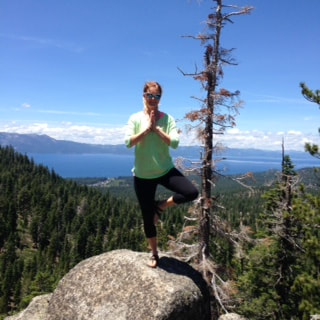
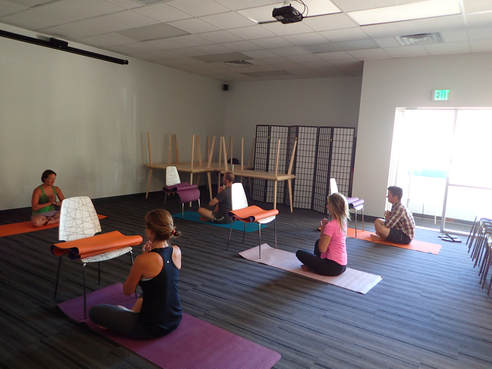
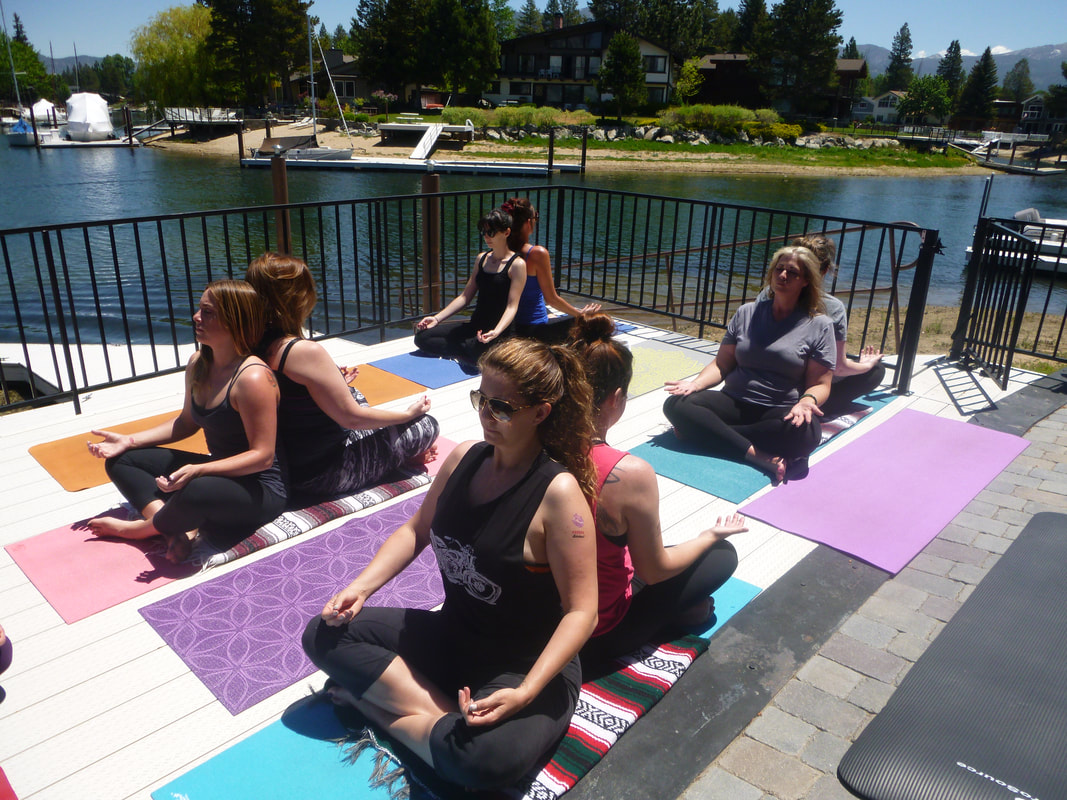
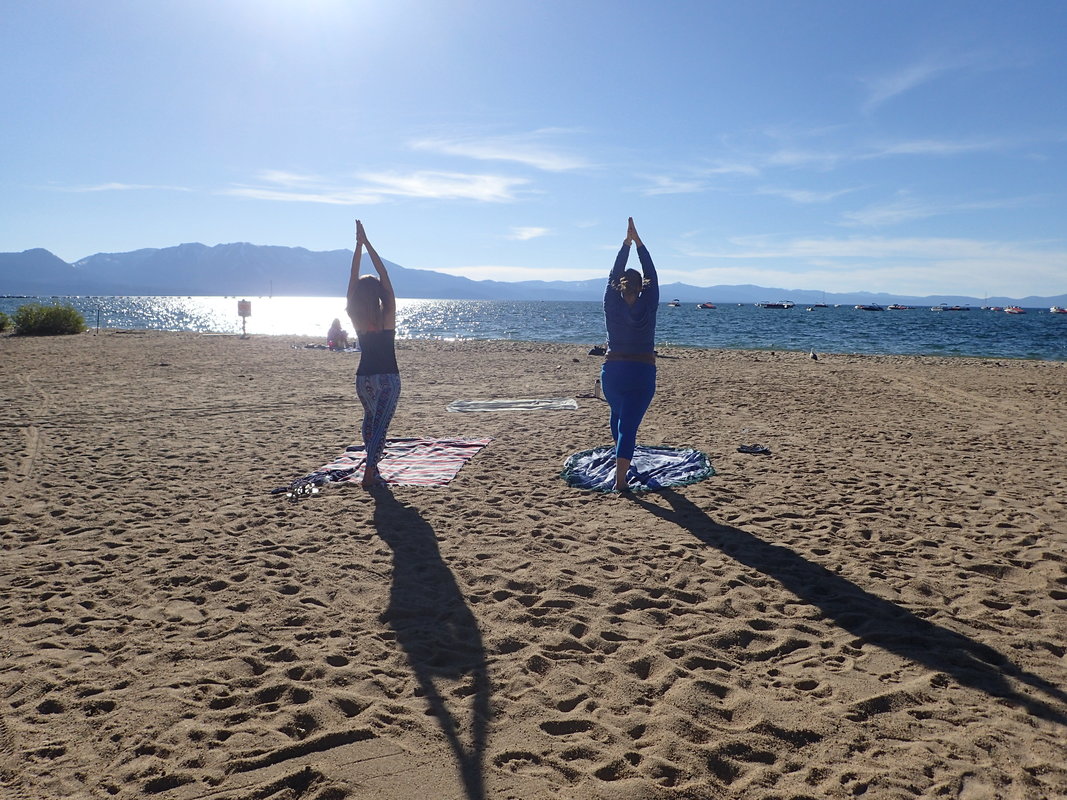
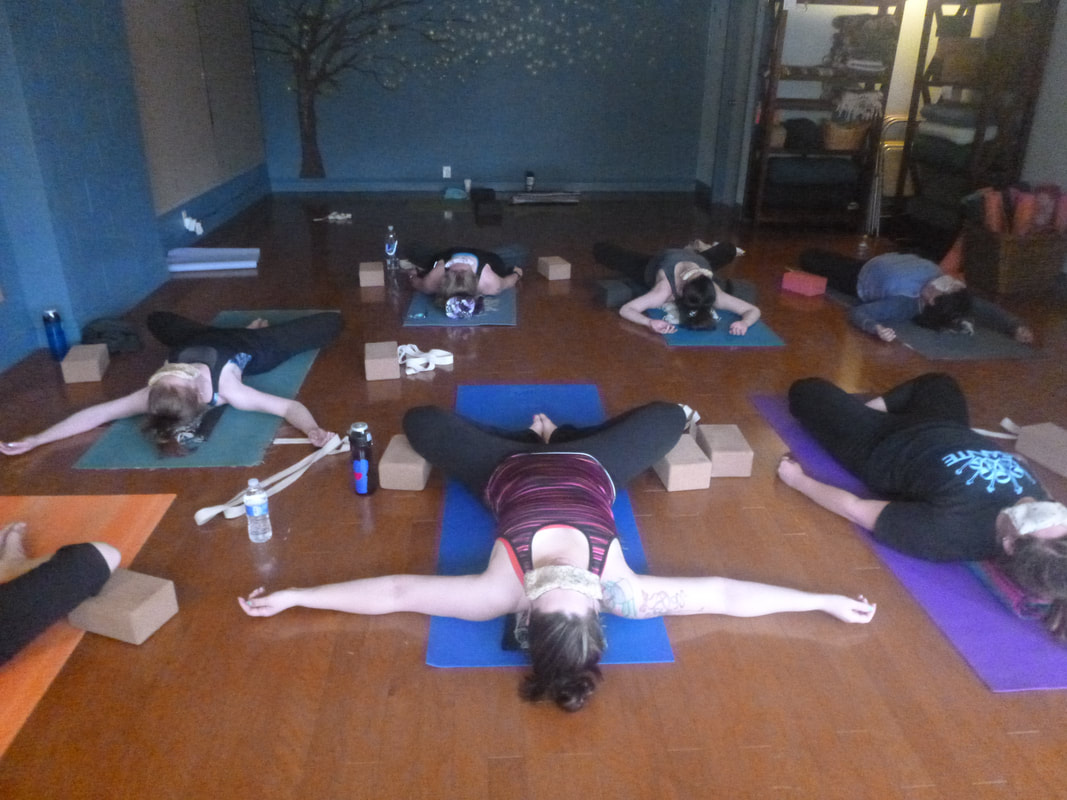
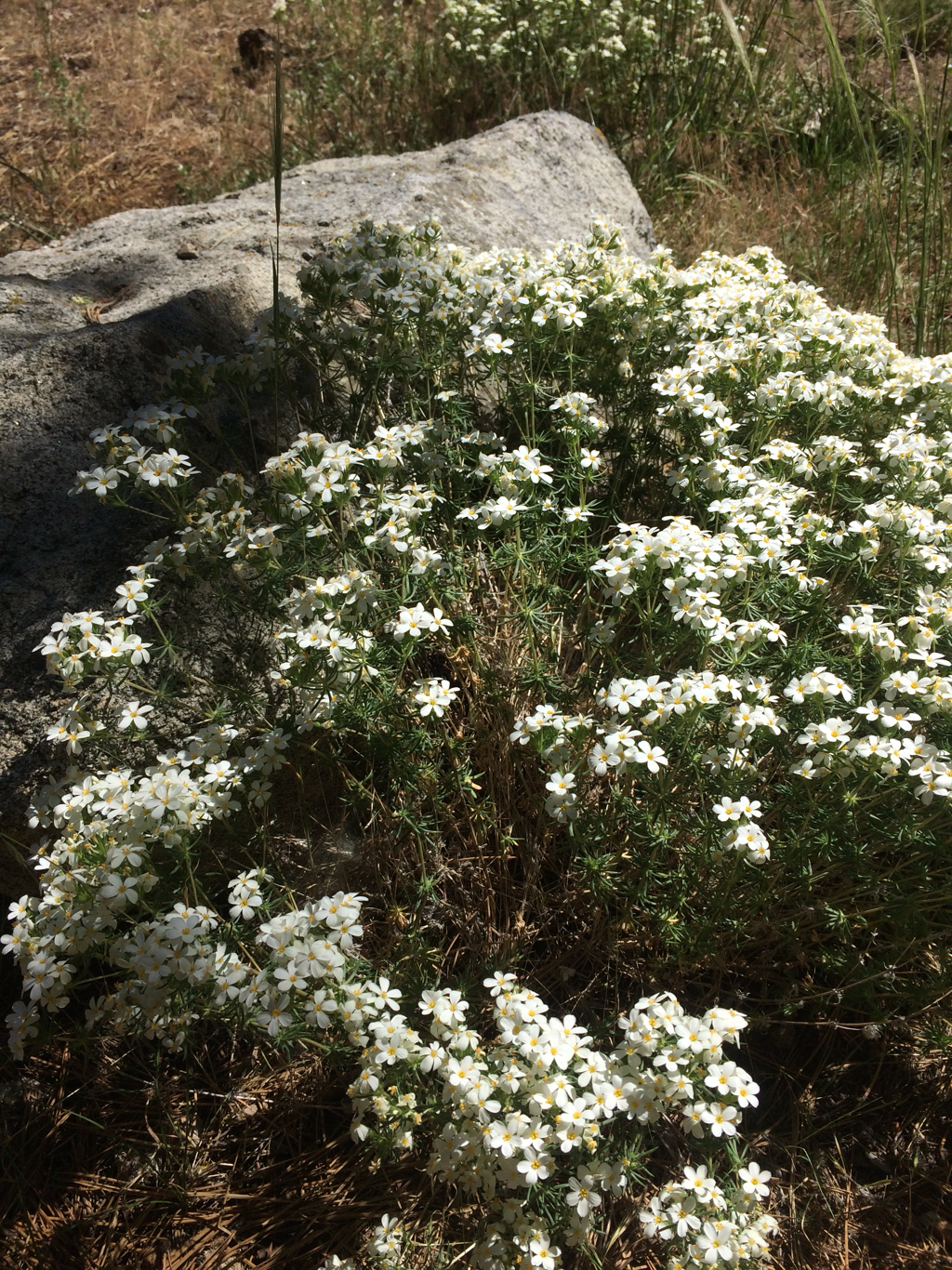
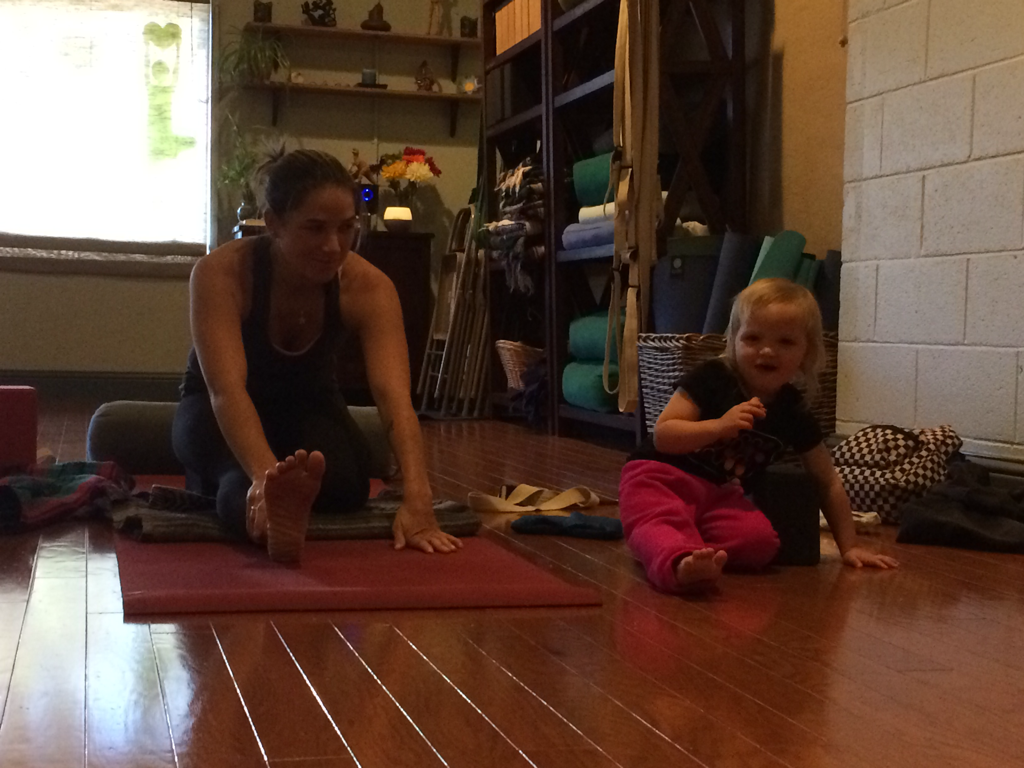
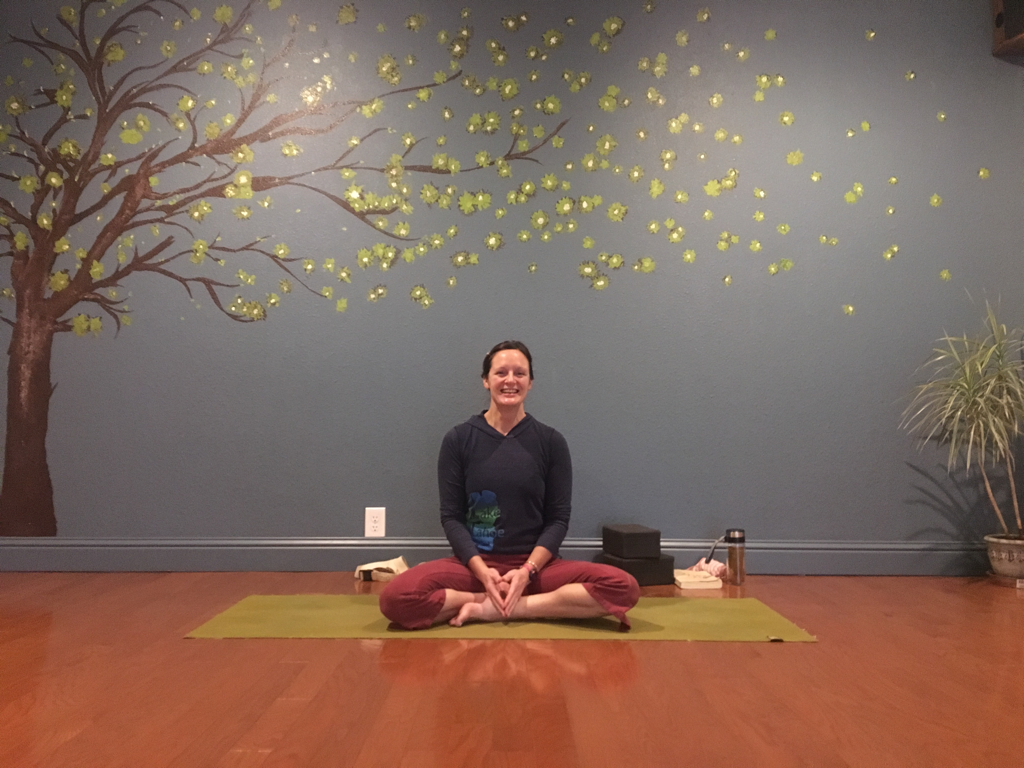
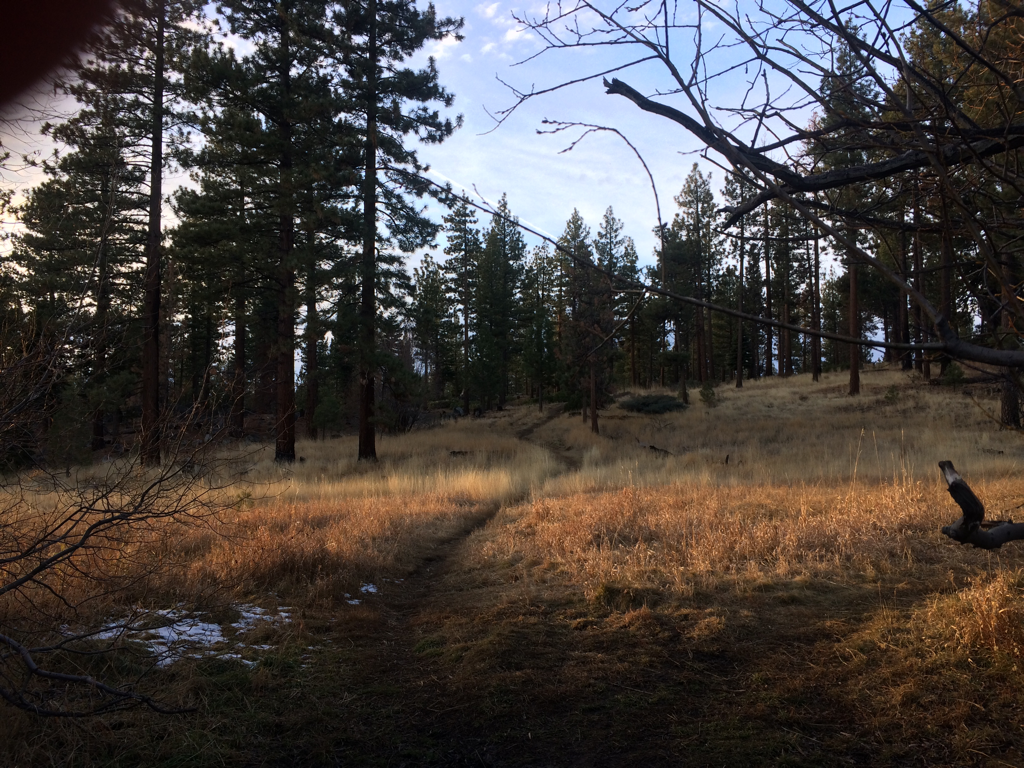
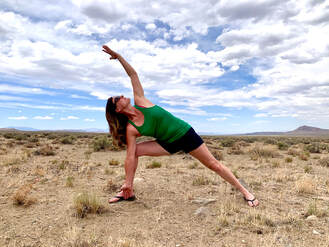
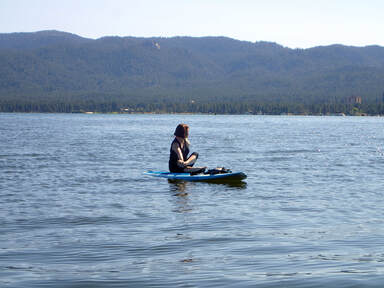
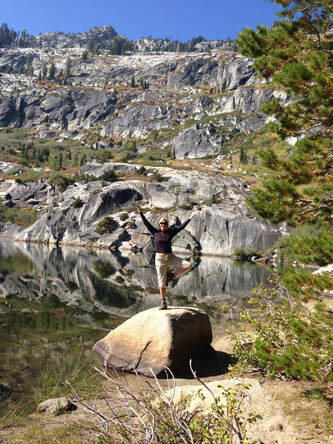
 RSS Feed
RSS Feed